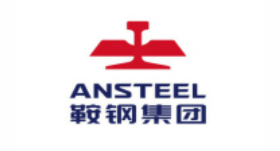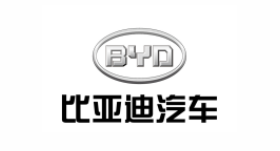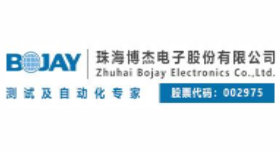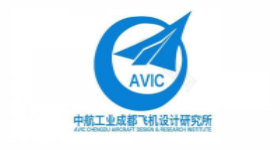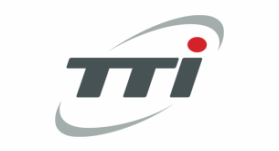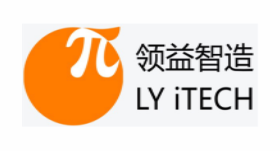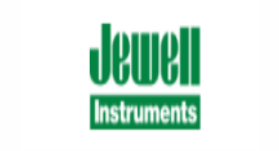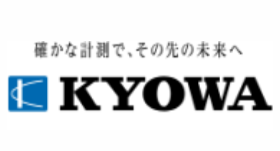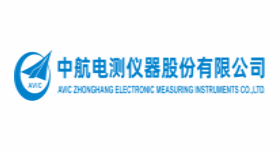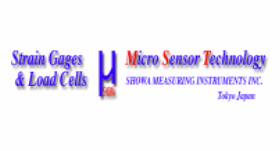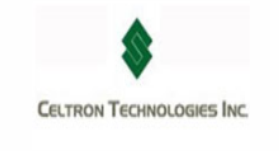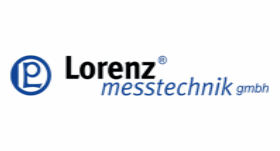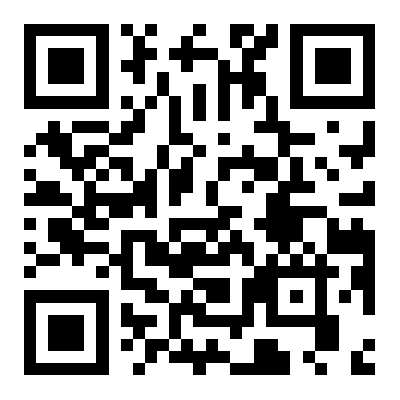Transducers are electronic devices that convert energy from one form to another. Common examples include microphones, speakers, thermometers, position and pressure sensors, and antennas. Although not usually considered transducers, photocells, leds (light emitting diodes), and even ordinary light bulbs are transducers.
sensor
Efficiency is an important consideration for any sensor. Transducer efficiency is defined as the ratio of the desired form of power output to the total power input. Mathematically, if P represents the total power input and Q represents the power output of the desired form, then the efficiency E as a ratio between 0 and 1 is given by the following formula:
E = Q / P
If E % represents percentage efficiency, then:
E % = 100Q/P
No sensor is 100 percent effective; Some power is always lost during the conversion process. Usually this loss takes the form of heat. Some antennas are close to 100% efficient. A well-designed antenna that delivers 100 watts of radio frequency (RF) power radiates 80 or 90 watts in the form of an electromagnetic field. Several watts of heat are consumed in the antenna conductors, feeder conductors and dielectrics, as well as objects close to the antenna. The worst transducer in terms of efficiency is the incandescent lamp. A 100-watt light bulb emits only a few watts in the form of visible light. Most of the energy is dissipated as heat; There is a small amount of radiation in the ultraviolet (UV) spectrum.



